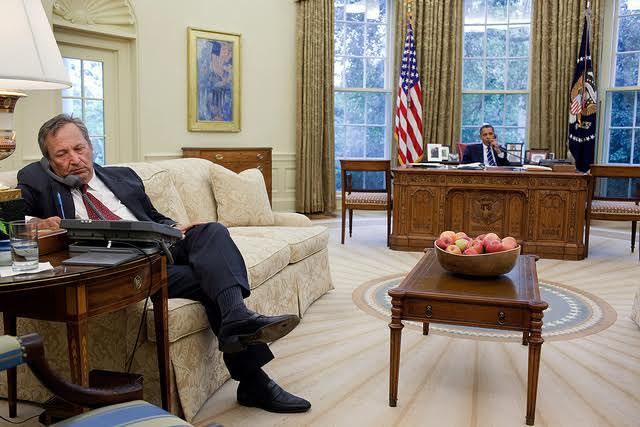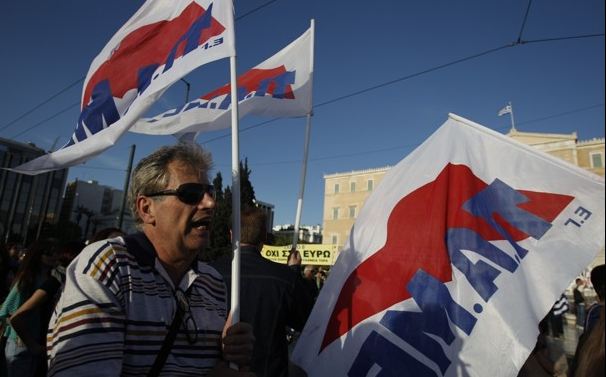The industrialized world’s recovery from the Great Recession of 2008 has been less than impressive. In reaction, prominent economists like Paul Krugman and Larry Summers have recently revived a concept known as “secular stagnation,” first introduced by Alvin Hansen in the 1930s, in an attempt to explain why.
When it wishes to encourage borrowing that will be used for investment, in order to stimulate economic activity, a central bank can normally choose to reduce the interest rate at which it lends money to commercial banks. Central banks lose this option when the real interest rate is already as low as it can go. That is precisely the predicament we find ourselves in today, quite possibly thanks to secular stagnation. Here the word “secular” means long-term, as opposed to cyclical, a condition in which saving so heavily outpaces investment that real interest rates are driven down to nearly zero. Demand suffers because too much money is being saved rather than being spent on new investments that would create quality jobs, and economic growth stagnates.
Two of the three main factors Summers identifies for why this may be so are demographic shifts and technological advancement, which I will cover in later articles. The other is wealth disparity, which I will focus on here.
To mark the beginning of the World Economic Forum’s Annual Meeting taking place in Davos, the charity Oxfam released its yearly report on wealth inequality, headlined by a striking statistic: the eight richest people are as wealthy as the poorest half of humanity – 3.6 billion people. Perhaps just as stunning is the fact that, as of 2015, the world’s top 1% is richer than the other 99% put together. Oxfam has been criticized by some for the way it interprets the available data. The thrust of its conclusion remains valid, however, considering that the rich enjoy a much larger share of income than the middle class or poor. There is a clear trend present.
At the same time, global poverty has been reduced significantly over the last thirty years. Asia now has a burgeoning middle class thanks in part to technological innovations, including those realized by several of the world’s billionaires; things like computers and cellphones that used to be considered luxuries have become affordable for billions of people. Through their foundation Bill and Melinda Gates have contributed to fighting disease and improving education worldwide. They also partnered with Warren Buffet to spur The Giving Pledge, in which 156 ultra high net worth (UHNW) individuals or families have each promised to donate at least half their total wealth. Then there are those like Elon Musk who, in addition to his charitable givings, continues to boldly innovate and invest in technology that will benefit humanity. Such examples of generous philanthropy and contribution to society raise the question of whether wealth disparity really matters.
Macroeconomic theory would call disparity an inefficient distribution of wealth. An argument can be made for this by referring to the Fisher Equation (MV = PT). Among other things, the equation shows that if the supply of money (M) and the price level (P) remain constant, then the volume of transactions in an economy (T), also known as GDP, is proportional to the rate at which money changes hands, known as the velocity of money (V). When most of a society’s wealth becomes concentrated in very few hands, that money no longer circulates as fast as it could if it were distributed more evenly. When the velocity of money slows, so does economic growth.
Nearly half of Americans and Canadians live paycheque to paycheque, meaning they are forced to spend almost their entire income while saving next to nothing. Wealthy people, on the other hand, save more than the rest of us because once one reaches a certain luxurious standard of living, the rest of one’s money becomes superfluous. Even after purchasing luxuries like private jets, yachts, real estate, jewelery, and artwork, most of a multi-billionaire’s wealth remains unspent. In 2014 Carlos Slim was worth $80 billion, and Oxfam calculated that if he spent $1 million every day, it would take him 220 years to spend it all. The 99% would have no such difficulty because together they have a much larger purchasing capacity than the 1%.
Worse still, rather than using their money to invest in new job-creating ventures, which would benefit the economy, the very wealthy often put their riches into existing assets that bear less risk. Over time this practice can lead to asset bubbles that are detrimental to everyone. Case in point: when the super rich purchase extra real estate as a store of value, often leaving those properties vacant after they buy them, it has an especially negative impact on the rest of society because it inflates the same property market that the rest of us would like to participate in. We have witnessed this effect for some time now on housing markets in cities like San Francisco, London, Stockholm, Toronto and Vancouver. As a result, the BC government felt forced to levy a 15 percent foreign-buyers tax to cool the market. Eye-watering house prices prevent the middle class from entering that market, forcing them to spill over into the condominium and rent markets as they search for more affordable alternatives. Condo and rent prices are bid up in turn, and everyone loses except for those at the very top.
People who are struggling to pay the bills are more likely to borrow money to supplement their income. A housing bubble and tuition hikes have pushed mortgage and student debt to historic highs, and together these circumstances mean that people are paying down ever more debt interest with money that would otherwise have been spent on goods and services. That further reduces aggregate demand across the economy while money continues to accumulate in the Finance, Insurance, and Real Estate (FIRE) sector, which harnesses the power of interest. Unsurprisingly, many of the world’s richest people made their fortunes in that domain.
UHNWs possess $30 trillion of the world’s ~$76 trillion, and exert disproportionate influence over political processes, threatening democracy. Wealth disparity within the industrialized world has become steadily more severe over the past four decades. It looks to be an unsustainable path both socially and economically, despite laudable efforts by many of the world’s richest people to act in humanity’s interest.
Photo: “Larry Summers” (Aug 13, 2010) by Obama White House via Flickr. Licensed under US Government Works.
Disclaimer: Any views or opinions expressed in articles are solely those of the authors and do not necessarily represent the views of the NATO Association of Canada.




